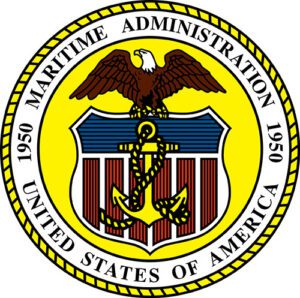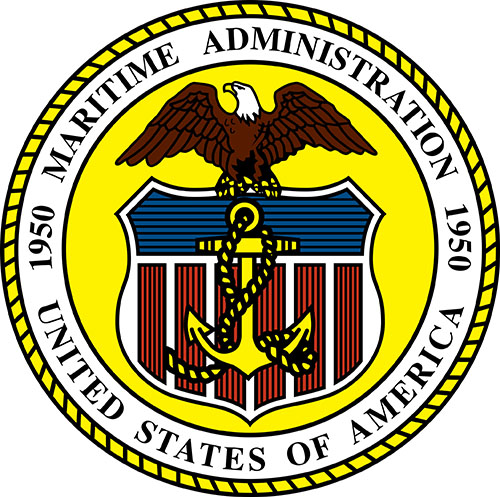
U.S. Transportation Secretary Pete Buttigieg has designated two new Marine Highway routes, one including seasonal barge routes in Alaska, in an effort to speed up movement of goods, strengthen supply chains and support local economies in Alaska.
Buttigieg made the announcement in Juneau on Aug. 16, on the last day of a three-day whirlwind tour of Alaska, where he met with residents of the city Kotzebue, toured the Port of Alaska and traveled aboard an Alaska Marine Highway System ferry to visit Southeast Alaska towns.
“By expanding our marine highway system, we can strengthen our supply chains, improve port operations and help keep goods affordable for American families,” Buttigieg said while in Juneau.
The newly designated M-11 route in Alaska is now part of the United States Marine Highway Program (MHP), making entities along those routes eligible to apply for future MHP grants.
Since its inception in 2010, the MHP has designated 31 Marine Highway Routes, which are navigable waterways capable of transporting freight within the U.S. or its territories.
The M-11 route is expansive and would add over 6,500 miles to the marine highway. It includes the coastal and river ports in Southwestern and northern Alaska, from the Aleutian Islands to the Canadian border, and the waterways of the Bering Sea, Bristol Bay, the Arctic Ocean and the Yukon-Kuskokwim River delta, which have been waterborne transportation hubs for centuries.
Many communities in the area depend on the system of ports, rivers, barge landings and airports for movement of goods and passengers.
The federal Maritime Administration’s goal is to expand use of the nation’s navigable waters by promoting their use, efficiency and public benefits. The agency works closely with public and private organizations to develop marine highway service options and facilitate their further integration into the current surface transportation system, especially where water-based transport is the most efficient option.

